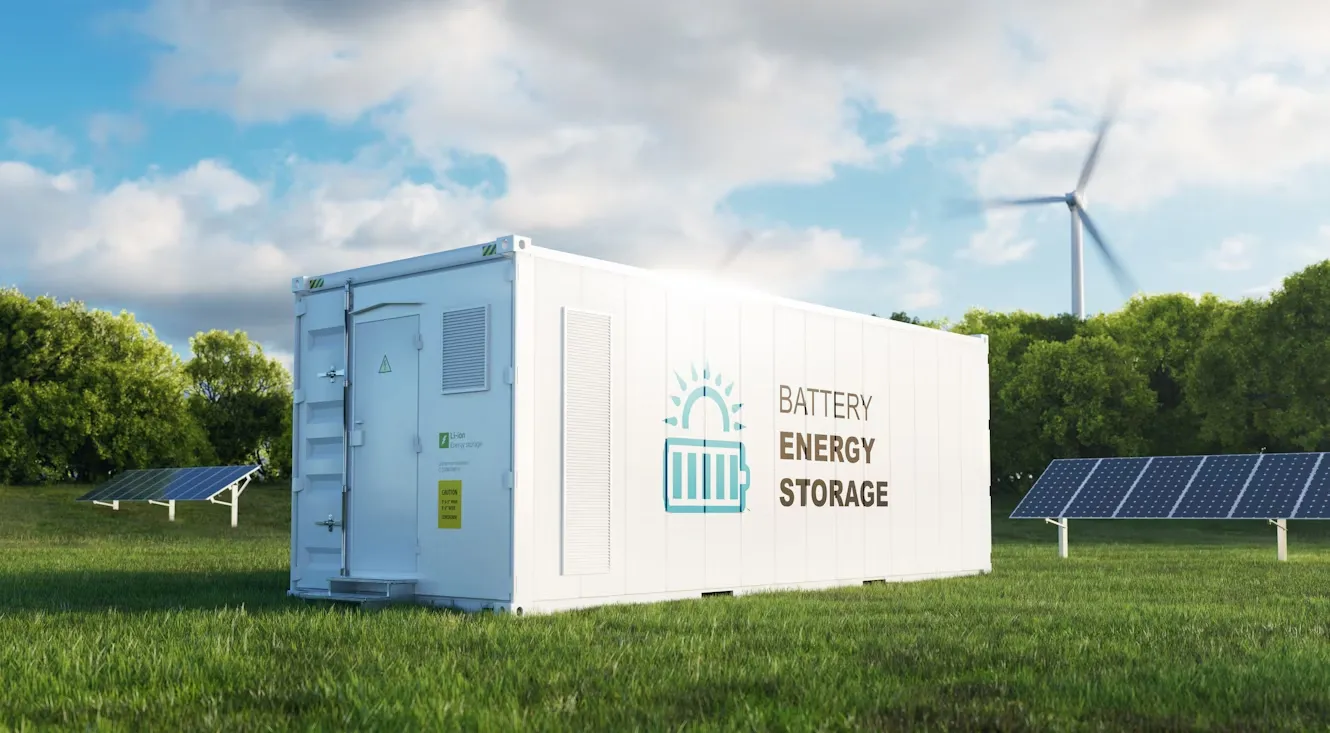
UL Solutions Strengthens Battery Energy Storage System Testing to Match Industry Innovation and Mitigate Evolving Fire Risks
UL Solutions (NYSE: ULS), a recognized global leader in applied safety science, has taken a major step in enhancing the safety and reliability of energy storage technologies by updating its testing methods for battery energy storage systems (BESS). These systems, which are essential for storing electricity generated from renewable sources such as solar and wind, have become increasingly critical in supporting global efforts toward a sustainable energy future.
The latest enhancements in testing methodology reflect the need to keep pace with rapidly evolving innovations in the energy storage industry, particularly the development of new battery chemistries beyond traditional lithium-ion technology. Notably, the updated procedures now include tailored test methods for non-lithium-ion battery technologies such as sodium-ion batteries, which are gaining traction due to their lower cost and reduced environmental impact. These updates are essential for ensuring that fire risks associated with new chemistries are addressed with the same level of rigor as more established technologies.
These changes align with the recently published fifth edition of the ANSI/CAN/UL 9540A standard, titled Standard Test Method for Evaluating Thermal Runaway Fire Propagation in Battery Energy Storage Systems. This American and Canadian binational standard plays a central role in the testing and certification of energy storage systems. It was developed and refined by UL Standards & Engagement in close collaboration with a broad group of stakeholders, including manufacturers, utility operators, fire protection professionals, code officials, and regulatory bodies.
“UL Solutions is deeply committed to working alongside industry leaders and regulators to support the development of safer products, promote innovation, and ensure the reliable growth of the energy storage market,” said Wesley Kwok, Vice President and General Manager of the Energy and Industrial Automation division at UL Solutions. “Our recent enhancements reflect not only technological advances but also an understanding of the practical fire safety needs that impact communities and infrastructure around the globe.”
Understanding Thermal Runaway and Its Dangers
One of the core safety challenges for BESS is the phenomenon known as thermal runaway — a chain reaction where a battery cell experiences a rapid increase in temperature and pressure due to internal failure, leading to the potential for fire, gas release, or explosion. This situation is particularly dangerous in high-capacity battery systems, where one failing cell can cause others in the pack to fail in sequence, resulting in a cascading effect.
The ANSI/CAN/UL 9540A standard provides a scientifically validated method to test a battery’s vulnerability to thermal runaway. The process not only examines whether and how thermal runaway occurs, but also assesses its consequences, including the ejection of hot particles, release of flammable gases, fire development, and potential explosion hazards. The outcome of this testing is a detailed report containing essential data that can inform system design, mitigation strategies, and compliance with applicable safety codes.
This data is especially critical for verifying that BESS installations meet fire safety and public protection requirements outlined in key codes such as the National Fire Protection Association’s NFPA 855 (Standard for the Installation of Stationary Energy Storage Systems), the International Fire Code®, the International Residential Code®, and NFPA 1 (Fire Code). First responders, fire marshals, and building inspectors rely on these codes to ensure installations do not pose undue risk to buildings, residents, or emergency personnel.
A History of Standards and Continued Evolution
UL Solutions first introduced test methods for evaluating thermal runaway propagation in energy storage systems back in 2017. These methods were refined and improved through several rounds of revisions in 2018 and were later codified in the fourth edition of the ANSI/CAN/UL 9540A standard published in 2019. The newest fifth edition marks another major leap forward, incorporating insights from recent fire events, new battery chemistries, and innovative installation scenarios.
Significant updates in this latest edition include more explicit criteria for evaluating cell-to-cell propagation — one of the key mechanisms that can escalate a small battery failure into a large-scale event. In addition, high-temperature testing protocols have been updated to cover a broader range of battery types and operating conditions. There is also a stronger focus on emerging use cases such as rooftop installations and BESS deployed in open garages, which have unique ventilation and fire containment challenges.

Beyond the UL 9540A test method, UL Solutions also administers UL 9540, the Standard for Energy Storage Systems and Equipment. This product safety standard is a more comprehensive framework that covers the entire BESS architecture — from battery cells and modules to system-level components like battery management systems (BMS), energy conversion hardware, communication protocols, and overall safety integration. Together, UL 9540A and UL 9540 offer a powerful combination for product certification, hazard assessment, and safe system deployment.
Supporting Safer and Smarter Energy Storage Growth
Ken Boyce, Vice President of Principal Engineering at UL Solutions, emphasized the broader mission behind these updates: “The increasing integration of energy storage across residential, commercial, industrial, and utility-scale applications demands our unwavering attention to fire risk mitigation and system reliability. Our work must be grounded in strong science and foster deep collaboration between industry stakeholders, regulators, emergency responders, and safety professionals.”
With the worldwide push toward decarbonization and grid modernization, the number and scale of BESS installations are growing rapidly. However, this growth comes with increasing scrutiny. Several high-profile BESS fire incidents in recent years have raised public awareness and driven stricter regulatory requirements. These events have underscored the critical need for reliable, third-party testing and the role of standards in ensuring safe deployment.
To support ongoing research and validation, UL Solutions is also actively engaged in developing and refining large-scale fire testing (LSFT) methodologies. These tests simulate full-system failure scenarios in realistic settings, providing valuable data that go beyond cell-level analysis. Working in collaboration with the NFPA Technical Committee, UL Solutions has formed a dedicated task group to advance consensus-based LSFT standards that can guide fire protection system design and inform emergency response planning.
UL 9540A is currently the only consensus-based standard explicitly recognized for large-scale fire testing in both the U.S. and Canada. This status reinforces its importance as a benchmark for safety assessment and regulatory compliance in the growing field of energy storage.
Science-Driven Safety in a Renewable Future
The revisions to UL’s BESS testing framework arrive at a crucial time for the energy industry. As nations ramp up investment in renewable power sources, the demand for safe, reliable energy storage becomes more pressing. Battery storage is the linchpin that makes intermittent energy sources like wind and solar viable on a large scale, and the market for BESS is projected to grow exponentially over the next decade.
However, growth without safety can lead to devastating consequences. That’s why UL Solutions’ latest enhancements are so important. By integrating the latest science, addressing novel chemistries, and accommodating new use cases, UL Solutions is providing the tools industry needs to advance confidently and responsibly.
Ultimately, these changes aim to ensure that energy storage technologies — no matter how advanced or experimental — are rigorously evaluated for real-world hazards. It’s a step toward a more resilient energy system, one that protects people, property, and the planet.










